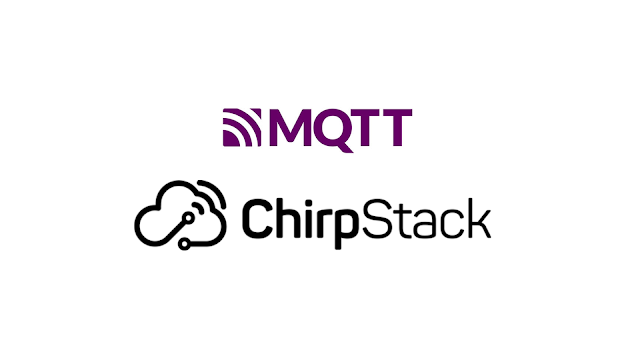How to install ChirpStack 4 in Ubuntu?
ChirpStack is an open-source LoRaWAN Network Server stack that facilitates the deployment and management of LoRaWAN networks. LoRaWAN (Long Range Wide Area Network) is a wireless communication protocol designed for low-power, long-range communication between IoT (Internet of Things) devices and gateways.
ChirpStack provides the necessary components to create and operate a LoRaWAN network, including:
1. Network Server: This component manages the communication between the IoT devices and the application servers. It handles tasks like device activation, uplink and downlink message routing, frame decryption, and more.
2. Application Server: The application server is responsible for processing data from the IoT devices, performing necessary data transformations or business logic, and providing relevant information to applications that use the data.
3. Join Server: The join server handles the activation process for new devices joining the LoRaWAN network. It manages the cryptographic keys and security parameters necessary for device authentication.
4. Gateway Bridge: This component connects the physical gateways in the field to the network server. It converts the raw gateway data into a format that can be understood by the ChirpStack components.
5. Gateway Configuration: ChirpStack provides a way to configure and manage the settings for the connected gateways, ensuring proper communication between the gateways and the network server.
ChirpStack's open-source nature allows organizations to set up and manage their own LoRaWAN networks, providing more control over their infrastructure and data. It's widely used in various IoT applications such as smart cities, industrial automation, agriculture, and more.



Comments
Post a Comment